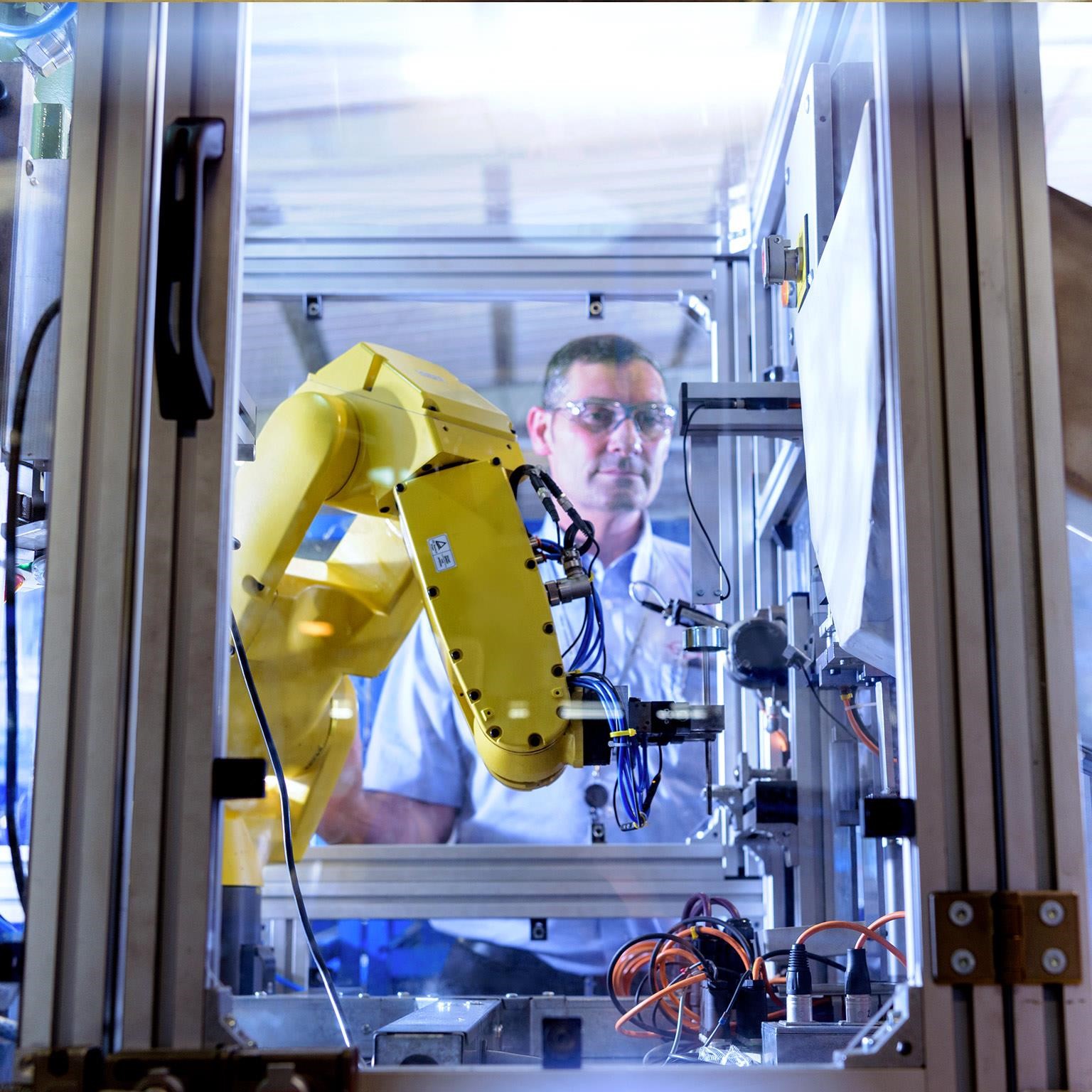Many organizations are transitioning to advanced technologies with the aim of cutting costs on sluggish human labor. This is what you must know regarding AI, robots – your job security.
With squishy hands, picking and packing an apple carefully from a shelve to a basket. This remarkable construction repeats the same process all over but this time with lemons, oranges, never grumbling or complaining of exhaustion.
This creation is the robotic arm SoMa going through testing by the world’s largest online-only supermarket Ocado. With fruits and vegetables having different sizes and shapes, their packing is delicate and entrusted to their workers in warehouses. Nevertheless, Ocado is shifting its focus to robotic tech to aid manual laborers, reducing its costs while fastening the process.
Ocado is one of the many companies heavily investing in an automated workforce. This is taking place in many sectors like medical, financial and judiciary. It’s an endless list.
The golden question is – how will it affect human labor and you as an individual?
The threat to Middle-class Jobs
According to a study carried out, 47 percent of US laborers face the threat of machines taking over their jobs while 35 percent in the UK likely to face a similar fate. Going lower to developing nations, the numbers are quite shocking with 2/3 jobs threatened by automation.
However, it’s not the first time machines threaten human labor. According to a finance Professor from the University of California, “Automation is a recurring phenomenon.” He reiterates the changes that occurred during the industrial revolution where automatic looms replaced human weavers.
Since it already happened before, what’s the difference now? The professor said, not only blue collar jobs are threatened but also white collar ones.
Our common perception is low skilled and wages laborers are most threatened, that included warehouse associates or cashiers, but also jobs for lawyers, security personnel, clerks face automation threats. Those in danger of facing the sack are uneasy.
Do companies delving into the automation realm assist soon-to-be-replaced staff to learn new skills since they have a moral obligation?
Safeguarding your Job for the Future
The answer doesn’t lie only in the companies – but the route begins from school. Current education systems don’t serve their purpose with technology rapidly changing in today world.
Experts in the IT sector agree that education in both high school and university need to satisfactorily ready students for a robot and AI filled world. Employees in the workplace need to learn new skills set rather than using the same old skill all over which in the end becomes outdated.
Synchronization between work and education needs pairing constantly and from an early age. The common human thinking is the learned need working and working need not learn. You should refrain from thinking about your regular 9-5 job and concentrate on learning regularly. This is crucial to the thinking of many of us.
McKinsey and Company research concluded that less than 5 percent of jobs face imminent takeover by current automated technology. The main reason being the diversification of our jobs and the inability of robots to handle them. Their prediction is 60 percent of jobs could see 1/3 of their operations phased out with machines. Many of us will still have jobs but how we do them will be different.
Robot a Companion, not your Replacement
Grasping the working of humans and robots is vital. There’s too much to take in mind. With unemployment rates on the rise for middle-class workers, governments face looming problems like disgruntled voters and lost taxes.
Fortunately, human beings are able to do a certain task that machines can’t. A perfect example is from a study carried out by Singapore researchers, trying to teach independent robotic arms chair assembly. Regardless of using advanced tech, the arms struggled with simple tasks.
We, the Humans, have an Upper Hand
Blessed with different personalities, our uniqueness makes us incomparable with robots. What advantages do we have over robots?
- Social interaction – negotiation, persuasion and customer care
- Creativity
The Morals Issue
It’s notable that linear motion systems manufacturers’ increase in production of smart tech led to more than 1.6 million robots in use currently. The use of these systems is mainly in manufacturing settings with little human labor. With their increase in numbers, increased roles, its likely human interaction with robots will increase creating a hazardous and dangerous working environment.
Another problem when dealing with artificial intelligence is bias. Systems using machine learning highly depend on given data, and according to studies, artificial intelligence may instigate sexist and racial biasness. An example is the sexist scandals that have rocked Silicon Valley for the last couple of decades. This has cause for alarm as its believed robots and machines could act in a similar manner.
Machines have a long way to go
From the previous robot arm example, AI requires lots of work.
The greatest challenge facing AI and machine learning is deciphering how their programming works. However, it isn’t as simple as it looks because these systems rely on large data quantities for their operation. The process repeats itself once they are fed new data sets.
A CT machine’s application to determine disease, for instance, is welcome, but using a similar system to present evidence to a jury in a crime in form of visual evidence, we need to understand how it works. Automated vehicles also have problems differentiating and generalizing.
If robots and artificial intelligence can take the tedious, repetitive work process from us, it will give us an opportunity to enjoy work. It’s tormenting, by the thought that perhaps in the future, machines could handle our jobs with personality and emotion.







